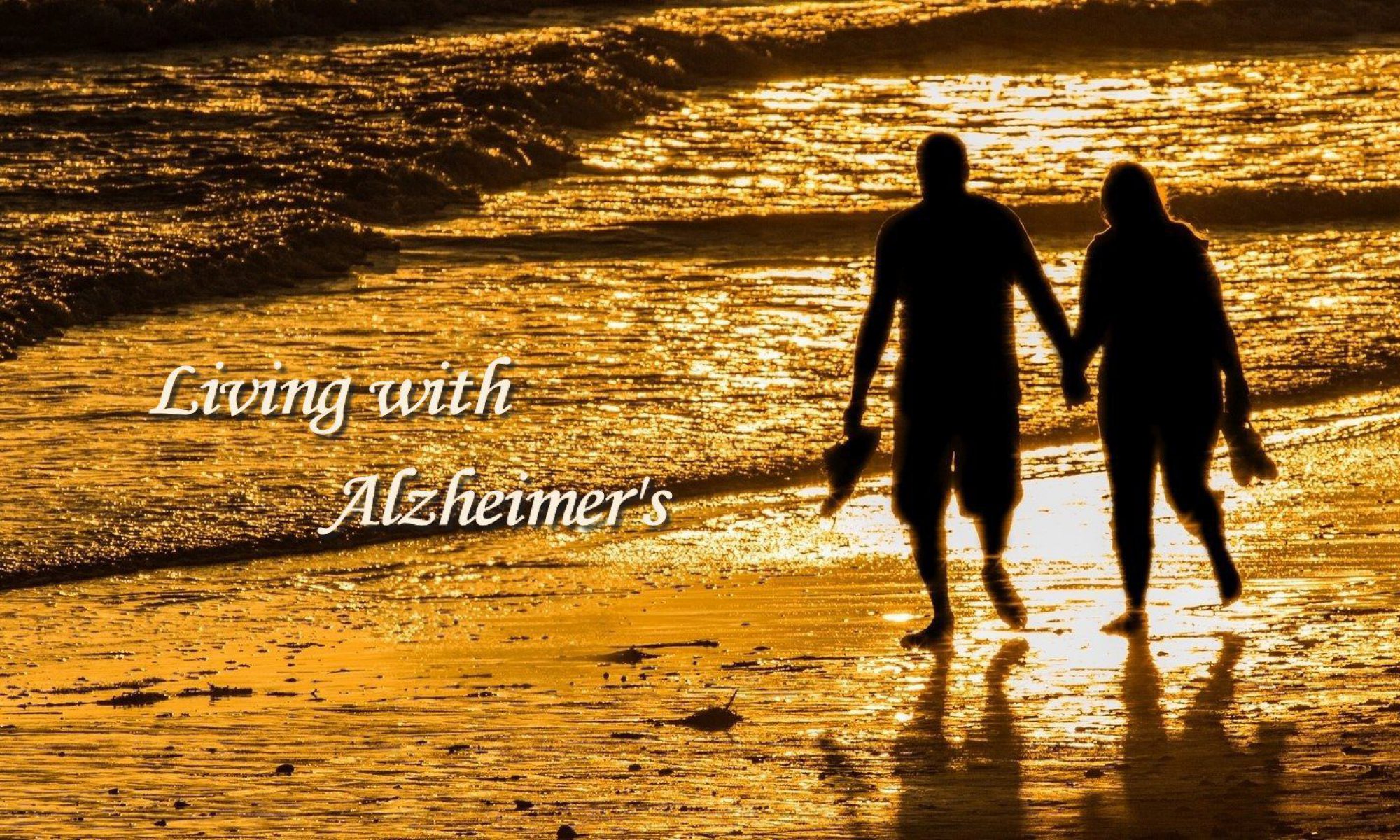It’s been years since Kate has been able to anticipate future events or holidays like Thanksgiving, Christmas, New Year’s, birthdays, or anniversaries. So I would never expect her to show any recognition of a holiday like Valentine’s Day, but she does have frequent “Happy Moments.” We shared two of those on Valentine’s Day.
The first occurred when I came home after lunch. As I do every time I’ve been out, I opened the door and said, “Hello, I’m home. I’m looking for Kate. Where is Kate?” As usual, she was in her wheelchair with her back to the front door. As I walked toward her, I could see her profile. She began to smile. I continued to walk closer and repeated “Where is Kate?” and finally said, “There she is! I’m so glad to see you.” I got down on my knees so that I could look directly at her and said, “I missed you while I was gone.” She beamed and started to laugh.
She was in a cheerful mood, and the two of us talked for almost an hour. I couldn’t understand most of what she said, but it is always a thrill when we have conversations like that.
This doesn’t happen every time I come home, but it does occur occasionally. It seemed to be more meaningful on Valentine’s Day and certainly more touching than any card or other gift she might have given me.
That was topped off by a romantic evening. After the caregiver was gone, and I had my shower, I got in bed with her. She was very relaxed but still talkative. We spent the rest of the evening listening to music and talking about our lives together. I reminded her about our first date and those that followed. That led to talking about our engagement, marriage, having children, and our travels. Again, I could not understand most of her words, but she appeared to be giving appropriate responses to everything I said.
It was a wonderful way for us to celebrate Valentine’s Day. At the time of her diagnosis thirteen years ago, I could not have imagined our having such moments this late in her Alzheimer’s. We are very fortunate, and I am grateful.






